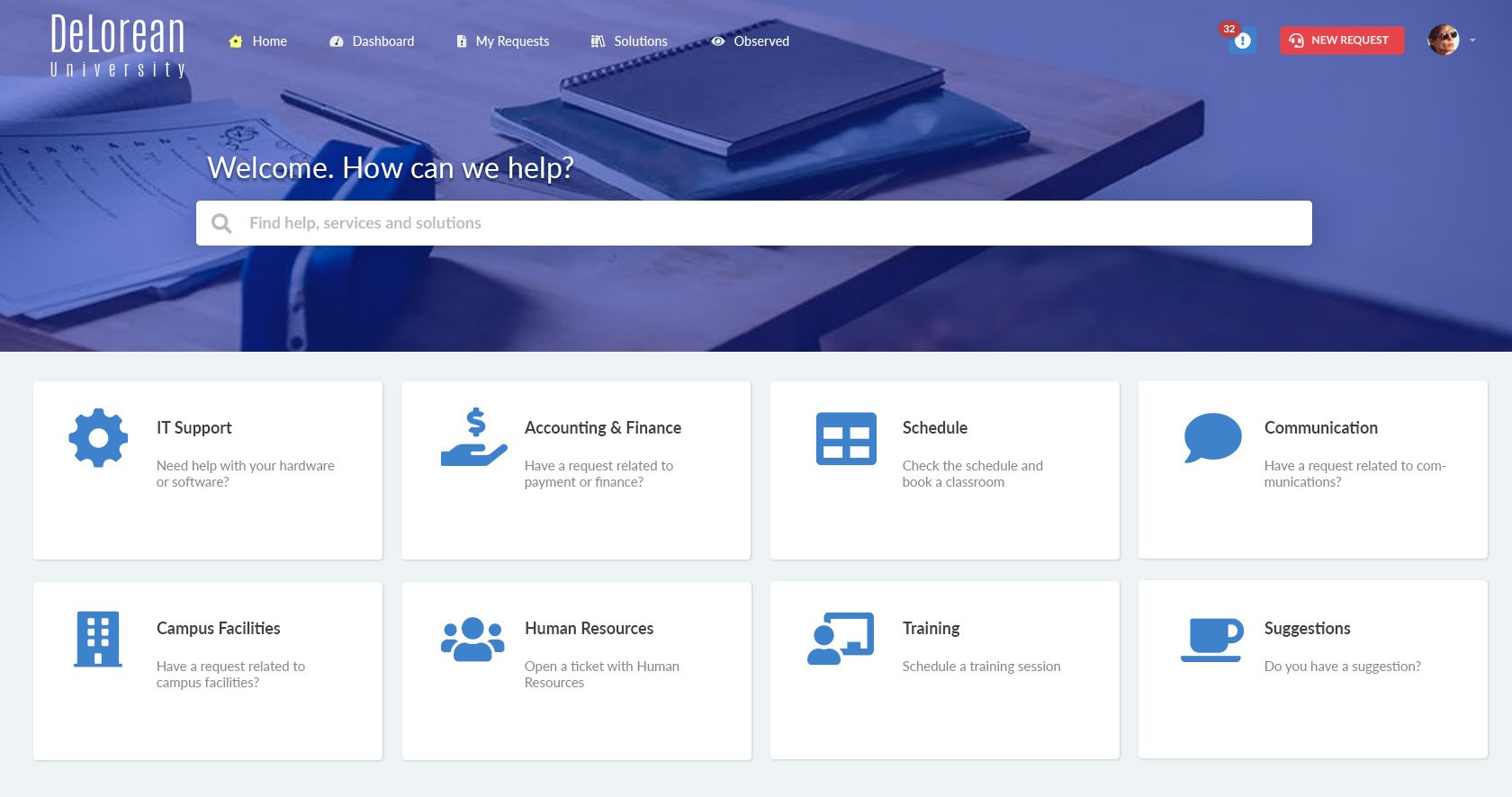In the current scenario of declining voice revenue and greater competition, mobile operators see mobile content and applications as a way to increase revenue and combat competition, attract new customers, and win the loyalty of existing ones. Mobile operators need to deliver content and services in various forms to make their presence felt in this competitive scenario.

Mobile Portals have become a major part of MNO strategy, implemented to drive ARPU (Average Revenue Per User) and to ensure a combination of a wide service offering and powerful drivers of data traffic and premium revenue Graet News Network. The MNO Portal is all about managing the full life cycle of mobile services offered by a network. The MNO portal provides a friendly interface for the design and execution of mass-scale or targeted marketing campaigns.
Services like ringtone downloads, news and entertainment services, chat services, and much more can be pushed to the subscribers. Mobile operators can decide which services to promote and which customers can run targeted campaigns based on subscriber segmentation, service strategy, or handset deployment. A promotion campaign puts the right message directly into the consumer’s hands by sending an interactive message with a one-click link to action.
Related Articles :
- Beauty Tips For the Busy Mom
- 10 Benefits Of Having A Mobile App For Your Business
- Windows Mobile Operating System Courier Software
- Intensification of Mobile Service Providers Network
- Mobile VoIP: A Case Study
The MNO portal provides an answer that suits operators and subscribers regarding services and user experience, thus increasing service usage and revenues.
Benefits to the Subscribers
• Trouble-free Access – All services are accessible from one entry point, the subscriber’s SIM service menu. Users don’t need to learn hi-tech configurations or no need to remember complex codes
• Services – A wide choice of service categories, maximizing convenience
• Availability of Dynamic information – Daily updates of content; introduction of new services; removal of obsolete or non-adapted ones. Information, news, new services, and much more are delivered dynamically
• Accessibility – Wherever, whenever, through any handset
Benefits for mobile operators
• Centralized services management
• Higher Revenue through increased service usage and traffic
• Reach extends to 100% of subscribers
• Enhanced reputation and image as a value-added service provided
• Loyal customer base
SIM card is a single point of accessing services that allows mobile operators to:
• Offer device-independent accessibility to all of their services
• Manage all services from one central location
• Focus on service improvement through user statistics and preferences
The mobile content delivery platform offers a versatile platform to new-age Application Service Providers and Enterprises for managing, storing, and distributing all their wireless media, images, sounds, and streaming video to a mobile subscriber base. The cost of content management (typically consisting of content creation, operations, migration, and validation) increases when mobile content is managed separately.
A unified delivery platform can be the best and most cost-effective way to publish content seamlessly across various channels. It helps organizations increase the return on investment (ROI) on their existing content investments. Irrespective of the degree of control over content available via MNO portals, MNOs must take responsibility.
Customers can access content via their networks if they drive revenue from it. Ensuring the MNO portal’s success requires thoroughly understanding the costs and benefits of the operators’ preferred portal development strategy. Equally, an effective ROI assessment requires effective cost allocation and benefit measurement.
